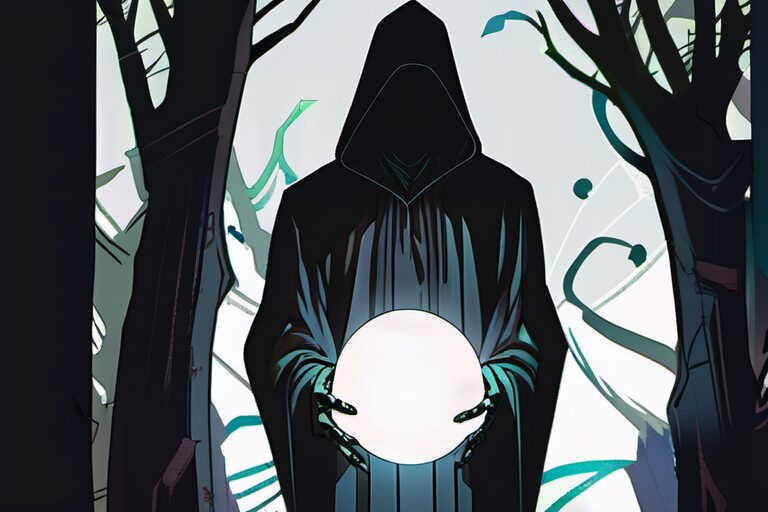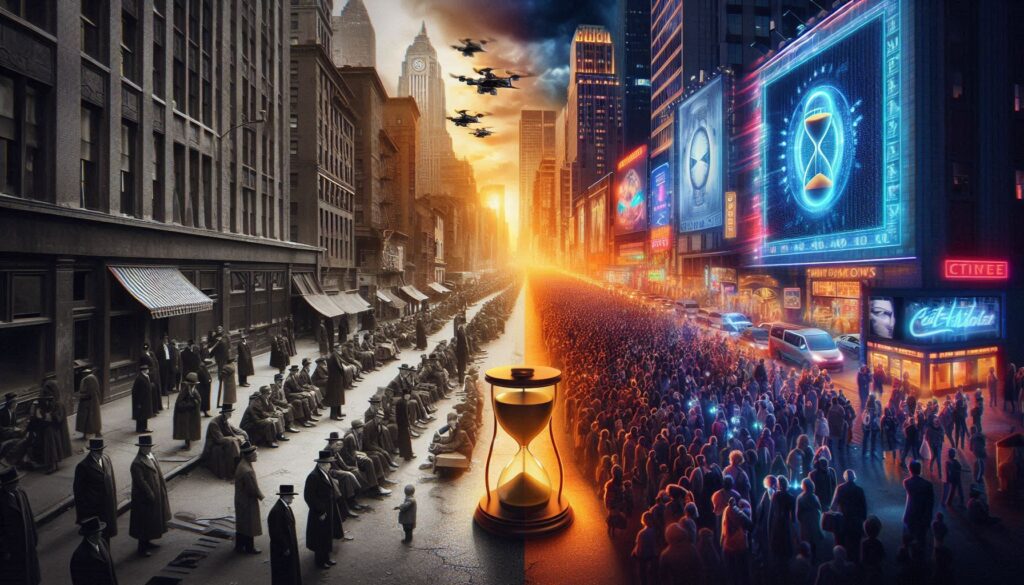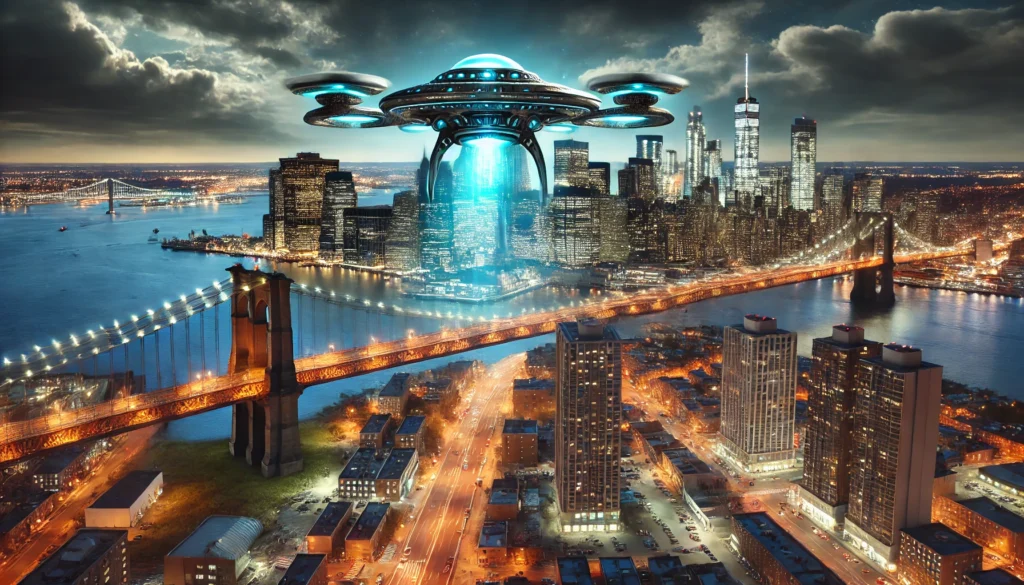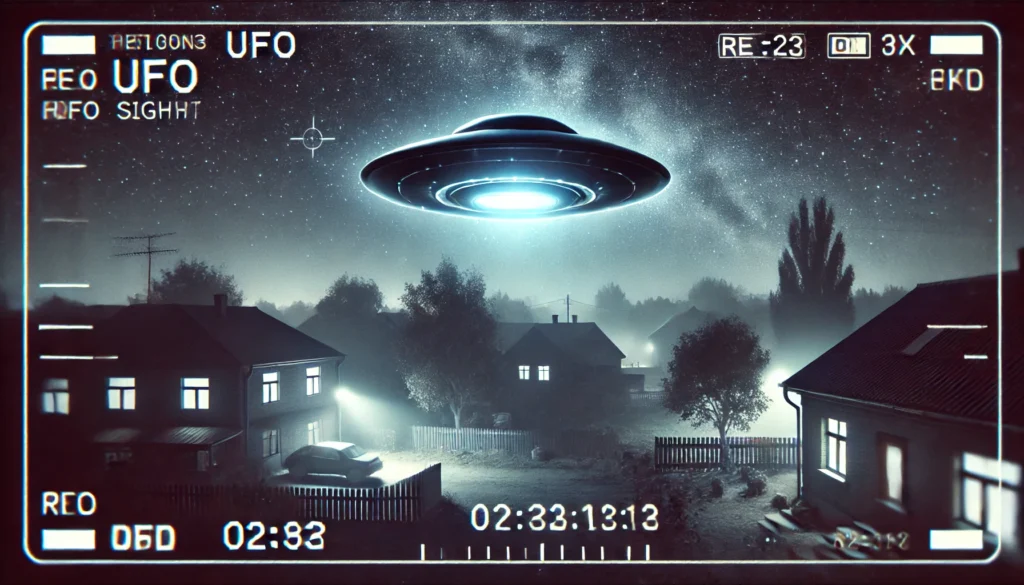
In the intricate tapestry of human history, the recurring patterns of conflict, from ancient epochs to the contemporary turmoil in Gaza and Ukraine, suggest a deeper and more clandestine orchestration at play. Behind the scenes, shadowy forces, with motives obscured by the annals of time, may be pulling the strings in this perpetual dance of war. As we delve into the historical echoes and modern manifestations, a narrative emerges, hinting at covert influences shaping the destinies of nations.
Ancient Machinations: Covert Strings in Antiquity
The enigmatic folds of ancient history unveil whispers of covert machinations by secret societies and esoteric rituals. The Bacchanalian mysteries in Rome and the Mysteries of Eleusis in Greece tantalize with the possibility that covert entities were manipulating power structures. Recent archaeological discoveries reveal coded symbols and clandestine meeting places, hinting at the covert influences that may have orchestrated conflicts during ancient times.
Furthermore, ancient texts and historical accounts provide intriguing insights into the activities of these secret societies. The Bacchanalian mysteries, for instance, were known for their extravagant and secretive rituals involving wine, dance, and mysticism. Some historians speculate that these gatherings held political significance, serving as forums for covert discussions and alliances that could influence the trajectory of wars. Similarly, the Mysteries of Eleusis in Greece, dedicated to the goddess Demeter, were celebrated with rituals that remained closely guarded secrets. The initiation ceremonies held in Eleusis were believed to impart hidden knowledge that could potentially sway the decisions of rulers and leaders.
Middle Ages Intrigue: Knights Templar and the Veil of Deception

In the medieval tapestry of chivalry and feudal intrigues, the Knights Templar emerge as enigmatic figures accused of covert machinations. Recent historical analyses shed light on their financial dealings and connections with political figures, suggesting that the order’s influence extended beyond the battlefield. Their suppression and disbandment by the Church only added to the veil of deception surrounding their activities, leaving historians to speculate on their true impact on the endless cycle of war.
Further scrutiny into the Knights Templar reveals a complex network of economic and political influence. The order amassed considerable wealth through banking and financial transactions, making them a powerful force in medieval Europe. Their connections with monarchs and nobility allowed them to influence key decisions, and their military prowess positioned them strategically in various conflicts. The suppression of the Knights Templar in the early 14th century, orchestrated by King Philip IV of France and Pope Clement V, marked the end of an era but left behind a legacy of mystery and suspicion.
Renaissance and Enlightenment Shadows: Illumination or Manipulation?

Amid the intellectual renaissance, secret societies like the Illuminati and Freemasons cast a shadow over the era’s advancements. Recent scholarship reveals that these societies indeed played pivotal roles in shaping the political and social landscape. The Illuminati, for instance, sought to influence political revolutions, challenging the established order. Whether champions of enlightenment or manipulators of destiny, their covert activities left an indelible mark on the trajectory of human progress.
The Enlightenment era witnessed the rise of intellectual and philosophical movements that aimed to break free from the shackles of tradition and superstition. Secret societies like the Illuminati and Freemasons embraced these ideals, advocating for reason, individual rights, and the separation of church and state. However, as they gained prominence, suspicions arose about their true motives. The Bavarian Illuminati, founded in 1776, faced suppression by the government, with accusations of subversion and attempts to infiltrate existing power structures. While historical records indicate that the Illuminati disbanded within a decade, conspiracy theories continue to circulate, suggesting that their influence persisted in clandestine ways.
The Cold War: Covert Ballet on the Global Stage
The 20th century’s Cold War unfolded as a grandiose ballet of covert operations and geopolitical intrigue. Recent declassified documents shed light on Operation Gladio, a clandestine NATO network designed to counter potential Soviet influence in Europe. The proxy wars and covert maneuvers by intelligence agencies like the CIA and KGB were not only reflections of geopolitical tensions but also stark examples of the shadowy forces shaping global conflicts during this tumultuous period.
Operation Gladio, a covert operation that began during the Cold War, aimed to create a network of stay-behind armies in Western Europe to counter any potential Soviet invasion. Decades after its existence was revealed, Operation Gladio raised ethical questions about the role of clandestine organizations in shaping geopolitical landscapes. The revelations exposed a network that operated independently of democratic oversight, leading to concerns about the blurred lines between security measures and covert influence.
Contemporary Complexity: Unraveling the Shadows in Gaza and Ukraine
In the current epoch, the ongoing conflicts in Gaza and Ukraine present themselves as chapters in an enduring saga. The complexities of the Middle East, exemplified by Gaza, highlight suspicions of covert influence. Recent geopolitical analyses unveil intricate alliances and covert support for various factions, showcasing the enduring role of shadowy forces in shaping the dynamics of modern conflict. In Ukraine, the delicate dance of geopolitical maneuvering adds layers to the ambiguity, prompting questions about whether covert entities are manipulating the intricate tapestry of contemporary geopolitics.
The Middle East, with its rich history and geopolitical importance, has been a focal point of covert activities by various global powers. The ongoing conflict in Gaza, situated at the crossroads of regional tensions, has seen the involvement of both state and non-state actors. Covert support for different factions, clandestine arms deals, and geopolitical maneuvering contribute to the complexity of the conflict. Recent revelations about intelligence agencies’ involvement and covert operations underscore the enduring influence of shadowy forces in shaping the trajectory of contemporary conflicts.
The Military-Industrial Complex: A Modern Machination

Scrutinizing the modern landscape, the specter of the military-industrial complex emerges as a potential player in perpetuating the cycle of war. Notably, the United States, a major player in the global arms race, allocates staggering sums to defense, spending more on defense than the next several countries combined. Recent investigations into defense contractors’ lobbying and political contributions shed light on the complex interplay between economic interests and military expenditures. The profit-driven motive of the military-industrial complex not only fuels the machinery of war but also raises ethical questions about the influence of vested interests in maintaining a state of perpetual conflict.
The concept of the military-industrial complex, famously warned against by President Dwight D. Eisenhower in his farewell address in 1961, refers to the close relationship between the military establishment and the defense industry. Recent analyses of defense spending reveal the extent to which this complex has become ingrained in the fabric of modern geopolitics. The allocation of significant budgets to defense, coupled with the revolving door between government and defense corporations, raises concerns about the influence of economic interests in perpetuating conflicts. Not only does the military-industrial complex thrive on the continuation of hostilities, but its presence also poses challenges to achieving a sustainable and lasting peace.
Breaking the Chains: Philosophical Reflections on Liberation
In contemplating the relentless cycle of war and covert influences, philosophical musings on humanity’s potential liberation come to the fore. Breaking free from the shackles of perpetual conflict requires a collective awakening—a realization that the pursuit of peace is paramount to the progress of civilizations. Recent developments in international diplomacy and peace initiatives serve as beacons of hope, suggesting that transparency, accountability, and a reevaluation of societal values can serve as catalysts for breaking the chains that bind humanity to the enduring cycle of war.
As we navigate the shadows of modern conflict, the enduring cycle of war challenges us to consider whether covert forces are the architects of this perennial drama. Discussions about global elites, economic machinations, and allegations of shadowy influence persist, urging us to scrutinize the hidden narratives that may be steering the course of history. In the relentless quest for understanding, the shadows beckon us to unveil the enigmatic forces that may, indeed, be the puppeteers behind the endless cycle of war. Through reflection and collective action, humanity has the potential to break free from the chains of perpetual conflict and forge a new path toward lasting peace.




